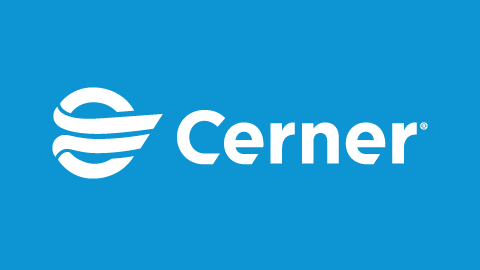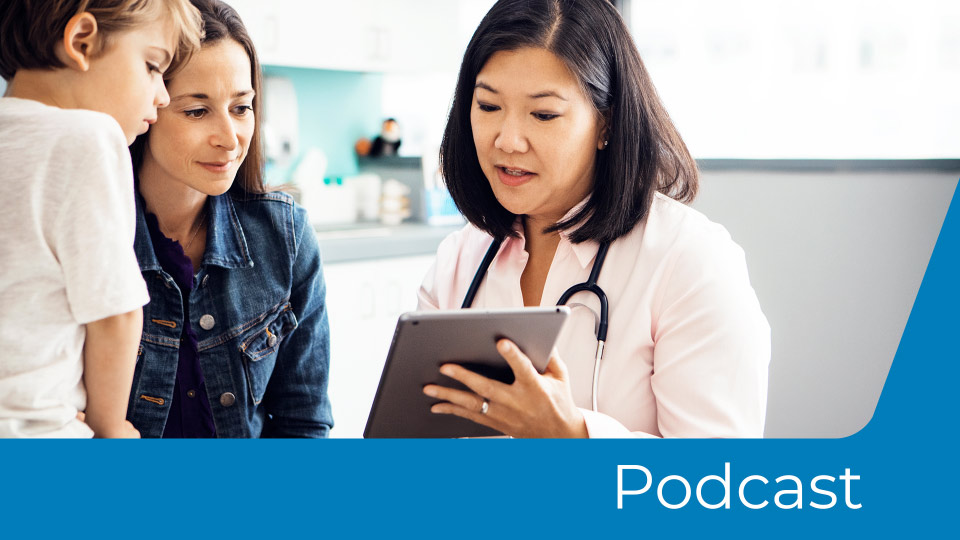At the onset of the COVID-19 pandemic, the healthcare community needed to quickly learn as much as possible about the rapidly developing virus. Unfortunately, the real-world clinical data needed to fuel research was scarce. In April 2020, approved researchers were granted free access to de-identified data for COVID-19 research and vaccine development. This information was pulled from Cerner Real-World DataTM (CRWD), a national, de-identified, person-centric data set that aims to support clinical research.
Fares Qeadan, associate professor of biostatistics, University of Utah School of Medicine, is one of more than 30 researchers who are leveraging the COVID-19 data set. He has used Cerner de-identified data since 2015 to support his clinical research. In this blog, Fares highlights four key user benefits of this powerful data tool that can help answer clinical questions around COVID-19 and other healthcare issues.
- 1. Uncover insights with comprehensive longitudinal data
While using predictive modeling to predict COVID-19 cases in Utah, Fares learned about the COVID-19 data set offer and submitted a research proposal for access. He soon realized that the 88 million-plus longitudinal records1 in the larger CRWD database combined with the 1.1 million COVID-19 inpatient encounters2 could help uncover useful insights around the intersections of COVID-19 with opioid use disorders and racial inequity in healthcare. Through the data, Fares and his team also discovered biomarker cutoff values that can support clinicians in providing patients with early treatment and intervention.
“The syndemic of COVID-19, the opioid crisis and racism as a public health problem is complex and needs large data sets to answer questions about the intersectionality and interplay of the twin pandemics of COVID and opioid use and the social ill of racial inequality in health care,” Fares says. “The ability to use the data to follow such a large number of unique patients over time allows us to make more accurate and reliable inferences.” - 2. Expand insights to support other scientific studies CRWD provides International Classification of Diseases (ICD) codes to identify diagnosis as well as gather other important data points that can expand the scope of scientific studies.
- 3. Capture rare medical events The ability to track data around rare healthcare events is another benefit that Fares has found while using the data set for his research. For example, Fares is applying the data to look at the impact of COVID-19 on type 1 diabetes. Also, the ChristianaCare Institute of Research on Equity and Community Health in Wilmington, Delaware is employing Real-World Data to investigate links between COVID-19 and sickle cell disease.
- 4. Drive clinically relevant insights COVID-19 put a spotlight on the gravity of evidence-based care and the critical need for clinicians and researchers to work together for the good of patients. For instance, Fares says the paper he wrote on opioid use disorder and COVID-19 produces clear takeaways that can inform providers in delivering better patient care.
“ICD 9/10, CPT, NDC and LOINC codes are used for diagnosis, procedures and exams, medications and labs,” Fares says. “Doing research with all of these patient-level data is almost impossible without a data set like this.”
“If you want to conduct a study that comes up with meaningful results around a rare event, you need a huge study with lots of participants and study support staff; it requires a lot of human capital,” Fares explains. “With the Cerner data, you don’t have to worry about that because the data set is massive. For rare events, this is the ultimate database.”
“Before COVID-19, I don’t think the relationship between clinicians and researchers was optimal, efficient or ideal,” Fares says. “The pandemic has changed that because of the demand for researchers, epidemiologists, statisticians and data analysts to all work together and answer important clinical questions. Real-world data is vital for helping us create the needed insights clinicians can rely on to treat the patients in their care.”
CRWD is fueled by the Cerner Learning Health NetworkTM, a network of 72 diverse, nationwide health systems that share de-identified data to accelerate the discovery, development and deployment of groundbreaking clinical insights and therapeutics. To learn more about how you can join or leverage the Cerner Learning Health Network for clinical research or trials, check out the webpage: Cerner.com/LHN.
1Data pulled from HealtheIntent® and current as of April 2021. Calculated using distinct person IDs, which leverage a multipoint match algorithm to account for and remove duplicates within a single health system; patients who visited multiple health systems may appear more than once in the data
2Number of patient visits (encounters) that include at least one condition or medication. Specific disease counts derived from Condition table are number of encounters with at least one instance of that disease recorded. Cerner standard ontologies are leveraged to standardize diseases among disparate coding systems (i.e. ICD-10-CM, SNOMED, etc.)






